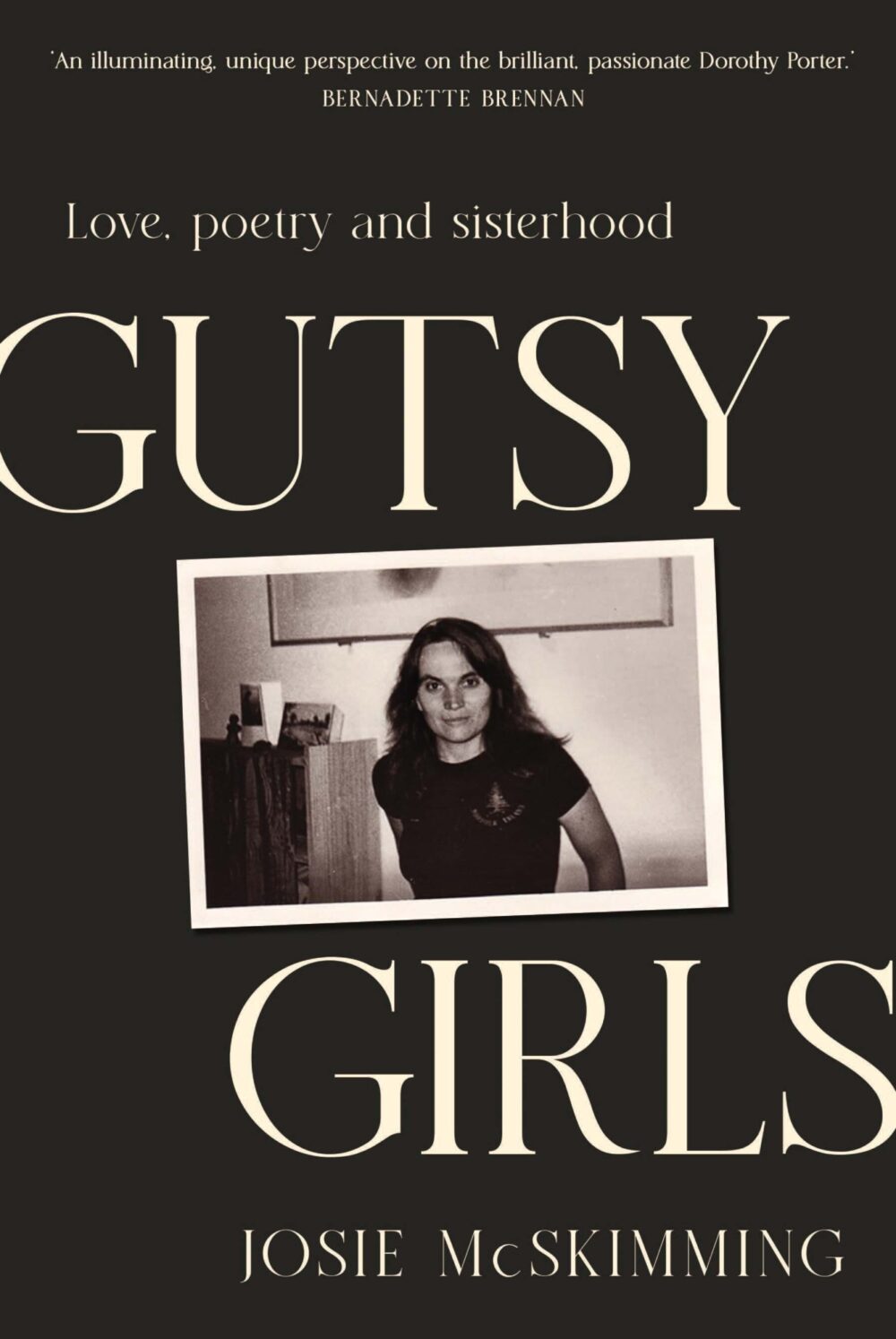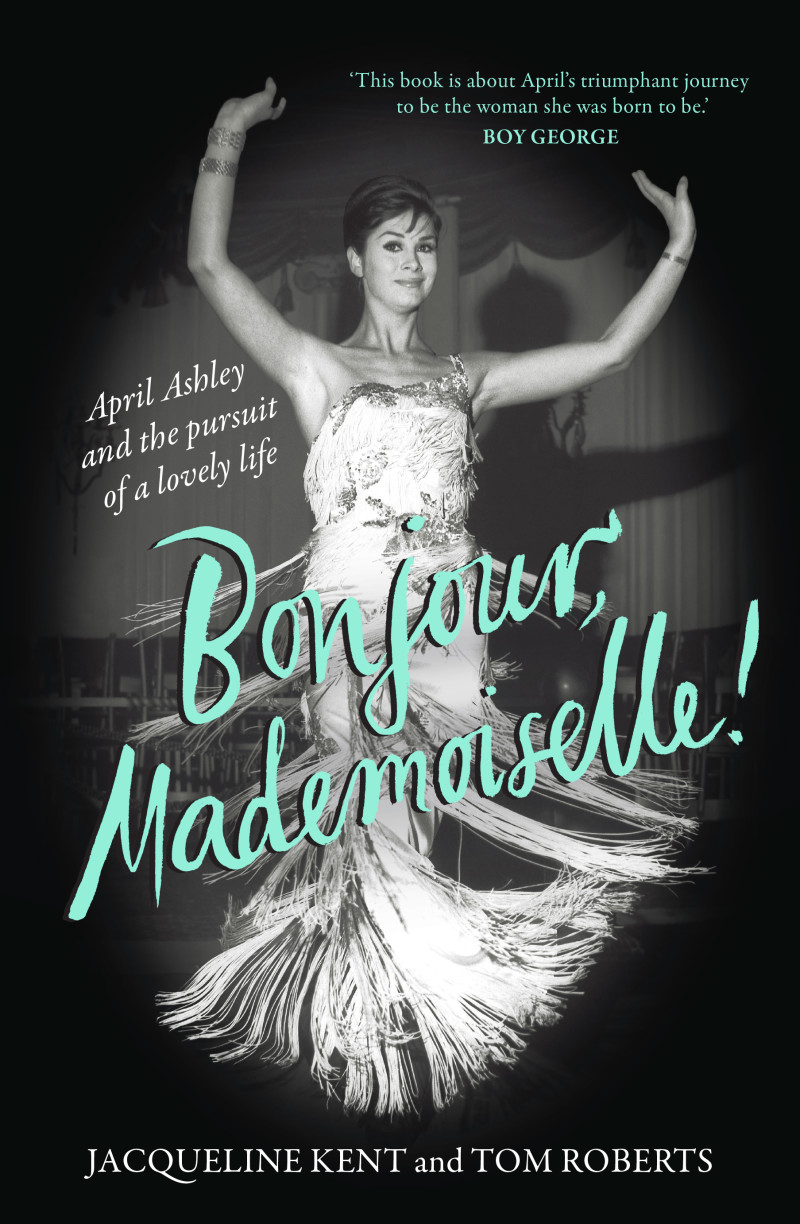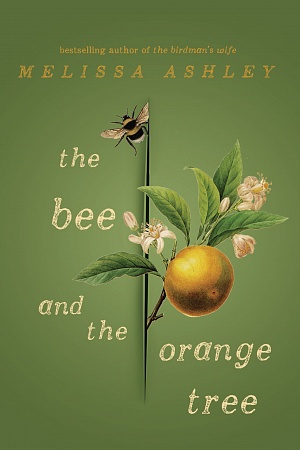Fed to Red Birds
Simon & Schuster, $32.99 pb, 247 pp
How to Be Remembered
Allen & Unwin, $32.99 pb, 344 pp
Compulsion
Hamish Hamilton, $32.99 pb, 279 pp
Fairy tales and fever dreams
On the surface, there is little connection between these three début novels. Rijn Collins’s Fed to Red Birds (Simon & Schuster, $32.99 pb, 247 pp) sketches an intimate portrait of migration, beautifully illustrating the migrant’s immersion within and isolation from their adopted land. Elva, a young Australian woman, hopes to remain in Iceland, her absent mother’s home country, despite the unique challenges it presents her. Michael Thompson’s How to be Remembered (Allen & Unwin, $32.99 pb, 344 pp) poses an intriguing metaphysical question: what happens if, each year on his birthday, every trace of one boy’s existence is erased? How can a person survive when nobody, not even his parents, knows who he is? Tommy Llewellyn is determined to find the answer and outfox this universal reset. Kate Scott’s Compulsion (Hamish Hamilton, $32.99 pb, 279 pp) revels in music, drugs, food, fashion, and hedonism. Lucy Lux attempts to uncomplicate her chaotic partying lifestyle by escaping to a remote seaside town she remembers from her childhood, where her passions and problems blaze anew. Despite their many differences, these are all essentially stories of self-discovery, coming of age, and obsession.
Elva’s world is shaped by and devoted to oddities. In Reykjavík, she works at a curiosity shop, researching and selling collectibles: antique manuscripts, Victorian mourning rings, mystical artefacts; anything old, unusual, macabre. In her spare time, when not studying at Icelandic language school, she is an amateur tarot card reader and taxidermist dedicated to improving (though far from perfecting) her arts. Glass-eyed birds, a rabbit, and a bat act as talismans and guardians of her tiny apartment, shrivelled sentinels that protect and reassure when her other compulsion grows too strong. Throughout her life, Elva has been haunted by books. She is named after a character in a children’s tale her Icelandic grandfather published to great acclaim. Decades after its release, copies of this modern classic are still everywhere in Iceland: tourist traps, high-street stores, second-hand booksellers, even the little pop-ups she passes on the way to the swimming pool. For her well-being, she must avoid all bookshops, lest she stumble upon a rogue edition of Fed to Red Birds and be compelled to consume it.
While Elva’s occupation and preoccupations are enchanting, and her main relationships with Icelanders and other expats refreshingly lovely, the sense of place in this novel is spellbinding – as is Collins’s prose in describing it. Through her outsider’s eyes, Icelandic plants are like fairy tales, ‘finger tangle, red wrack dabberlocks. They were words a witch might say to cast a spell, protect a journey, or summon someone home,’ the winter days shrink ‘between two hands that were slowly pushing together, squeezing all the light and warmth out of the country’, and scenery contains multiple shades of white: ‘the meringue peaks of mountains, the pearlescent sheen of headlights on snowdrifts, the cotton-wool haze of the clouds hanging low on the horizon’. The gentle arc of Elva’s acceptance of her past, her present, and herself is firmly anchored in this beautiful, inhospitable but welcoming place.
Continue reading for only $10 per month. Subscribe and gain full access to Australian Book Review. Already a subscriber? Sign in. If you need assistance, feel free to contact us.












Leave a comment
If you are an ABR subscriber, you will need to sign in to post a comment.
If you have forgotten your sign in details, or if you receive an error message when trying to submit your comment, please email your comment (and the name of the article to which it relates) to ABR Comments. We will review your comment and, subject to approval, we will post it under your name.
Please note that all comments must be approved by ABR and comply with our Terms & Conditions.